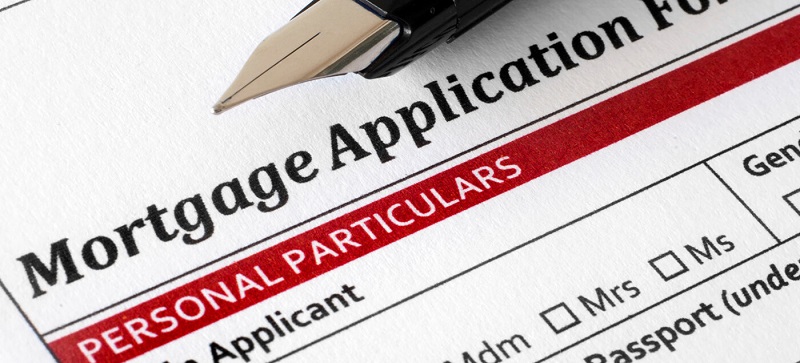The Australian real estate market has experienced a crazy wave of price increases over the past few years, resulting in many people being unable to afford their own homes. According to CoreLogic, the total value of homes in Australia has exceeded $9 trillion, while the average home price has reached $800,000, more than double that of the United States. This situation has sparked discontent and concern in the community and has prompted the government and experts to look for solutions.
Australia's housing market faces an affordability crisis
There are multiple reasons for the affordability crisis in Australia's housing market, not the least of which is an imbalance between supply and demand. Australia's population is growing much faster than the rate of housing construction, especially in large cities and popular areas. According to forecasts, net migration to Australia will reach a record high of 400,000 people this year². At the same time, Australia's housing supply is woefully inadequate, leading to fierce competition in the market and soaring prices.
In addition to the imbalance between supply and demand, there are other factors that are exacerbating the affordability crisis in the Australian housing market. For example, low interest rates and easy credit policies have stimulated the purchasing desires of investors and first-time buyers; tax incentives and government subsidies have encouraged homebuyers to enter the market; and the cultural psychology of homeownership and investment has led many to view property as a necessary symbol of wealth and status.
Faced with this complex situation, governments and experts have proposed a number of possible solutions. One of the most prevalent and effective is to increase the supply of housing, especially homes at the low to medium price range and suitable for first-time buyers. This requires the Government to step up its efforts in land release and planning approvals, while encouraging developers and builders to improve the efficiency and quality of construction. In addition, the government can influence market demand by adjusting its tax and subsidy policies, such as removing or reducing liability tax credits (negative gearing) and capital gains tax discounts that incentivize investors to buy second homes.
In addition to the government's role, experts also recommend that homebuyers adjust their expectations and choices. For example, buyers may consider purchasing a home in a suburb or regional town in return for a lower price and more space; or they may choose to rent rather than buy to save money and have flexibility; or they may buy or share a home with family or friends to share costs and risks.
In short, the Australian housing market is facing an affordability crisis that needs to be addressed by a concerted effort from the government, developers, home buyers and other parties. Only in this way can the Australian people be assured of a safe, comfortable and reasonable home.





